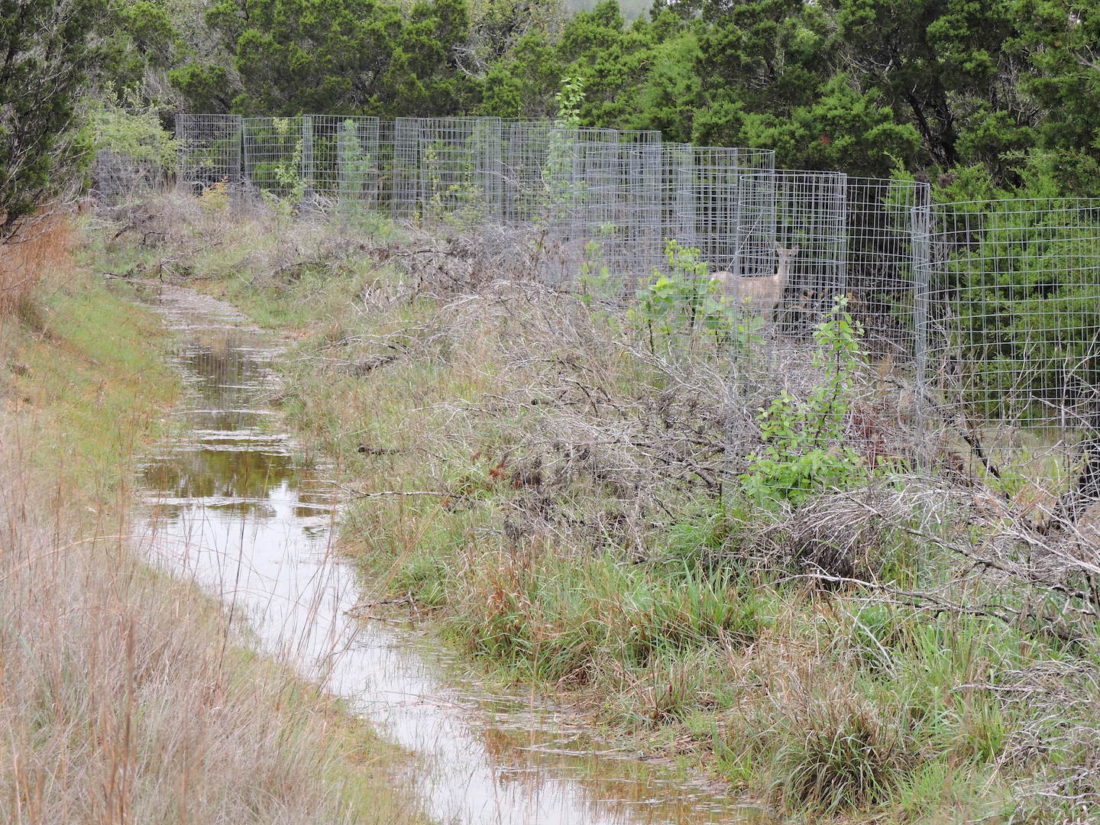
A soil and water conservation case study: Little Barton Creek Preserve
I was very honored to have one of my projects at Little Barton Creek Preserve featured on the blog of Texas Living Waters organization recently. I love their moto “Fresh water, forever.”.
Texas Living Waters is a collaboration of conservation groups working to ensure fresh water will always reach its natural destinations. For our wildlife, our economy and our kids. They are working to help keep our springs and rivers flowing year round and protected for future generations.
Read the blog post and see all the great images here:
https://texaslivingwaters.org/little-barton-creek-preserve/
Little Barton Creek Preserve is a privately-owned conservation easement in Dripping Springs, Texas that is dedicated to habitat restoration. This area of Texas is rapidly developing and at risk of both severe drought and flooding conditions. With our help, the family managing this conservation easement has taken creative measures to mitigate these risks and increase wildlife habitat at the same time.
In two years we have transformed a caliche hillside from a barren, lifeless landscape into the most biologically-diverse area of the property. Here’s what we did:
- Basins were dug, eight feet wide and nine inches deep, in contour patterns across the landscape for a total of 1,400 linear feet.
- The soil excavated from the basins was shaped into garden bed-like berms
- The berms were then seeded with a diverse mixture of native grass, wildflower, and cover crop seeds, which were then covered with a protective layer of compost and mulch.
- Next, the berms were planted with 40 species of native trees, fruit trees, and pollinator forage trees.
Today, this conservation terrace is well on its way to becoming a richly diverse and abundant food forest for both wildlife and family managing the land.
For this restoration project, the family chose to tackle one of the most degraded areas on the property. This was a caliche and limestone ledge that had lain barren for as long as anyone can remember. Almost no plants were growing and it was hard to believe that anything could grow in such bleak conditions. The bare surface of the soil had turned into a clay hardpan that would shed most of the rainwater that falls on it, letting very little water filter into the ground. There was also a significant amount of runoff from the road above that was causing a large amount of soil loss when storm water would flow across the bare soil…
Please visit the Texas Living Waters blog to read the whole post!
https://texaslivingwaters.org/little-barton-creek-preserve/
To see more about this project visit my projects page that has much more photo documentation:

No Comments